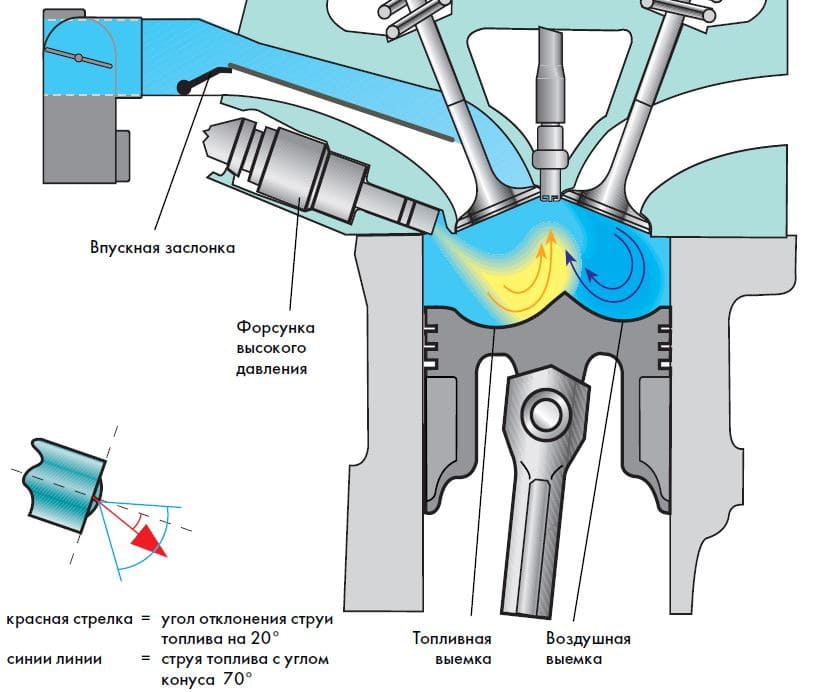
Electric vehicles and how they work
In a few years, the total number of all-electric car models has grown from a select few, expensive ones to over a dozen, with most major brands and a few new companies bringing their best technologies and innovations to these models. Because technology is constantly changing to create vehicles that are better for consumers, there have been many conflicting reports about their safety, "green" and convenience. While there are many things to consider when buying a car, electric vehicles are much more convenient today than people might realize. To fully understand them, you need to start by looking at how electric vehicles work. You can also calculate how many miles you will drive and your ideal price range. The research experts at The Rideshare Guy have put together a complete guide to electric vehicles that takes into account miles per gallon, vehicle prices and mileage of the best vehicles for both drivers and owners of vehicles with long trips.
First, you need to understand that while traditional cars and electric cars may look the same on the outside, with similar bodies, interiors, and even color palettes compared to their hybrid and gasoline counterparts, the insides of a car are completely different. technologies that can be given any shape. Regardless of the specific model, an electric vehicle usually consists of three main parts: an energy storage unit, a control unit and a power plant. The energy storage battery is usually a high-end battery, the most common of which is a large chemical battery. The controller is the brain of the operation, the gateway to the propulsion system, often converting AC to DC. The power plant turns this power into physical movement, acting as an electric motor. It bears the closest resemblance to a traditional engine, although often several times smaller.
However, in electric vehicles from different companies, the three main components are very different. For example, the electric motor does not have to be at the front of the car, instead it can be mounted at the rear. You can have multiple electric motors, even one for each wheel. You can have multiple controllers. The energy storage component could be a huge lithium-ion battery (like in a smartphone), a lead-acid battery, a hydrogen fuel cell battery, or some other new technology. This is why the range on many electric vehicles varies so much: the energy storage units themselves vary greatly. Then, when you add plug-in hybrids with a gas-powered backup engine, additional complications arise.
In a conventional car, a series of erratic, chaotic, minor explosions constantly occurs inside the engine, producing exhaust gases that electric vehicles do not produce. The traditional car uses the energy of repeated explosions to create movement. In an electric car, you are essentially taking energy from a local power plant and using that energy to propel you. That's why electric cars are almost dangerously quiet (they don't run on constant explosions) and why having charging stations is so important (to get more power from the power plant). Many electric vehicle owners will choose to install a charger in their home for convenience. A full charge of a typical electric car battery with a range of 2.64 miles costs about $70. Combined with rooftop solar panels, the cost of charging an electric car can become almost zero (and you usually get tax credits too). Typically, an electric vehicle can be charged overnight (in about six hours), but Telsa's "Supercharger" stations can charge electric vehicles in about an hour.
New technologies in electric vehicles provide lower lifetime emissions from cradle to grave, lower maintenance costs, and less noise and vibration. While the main concern for many is still range compared to miles driven per day (because range on these vehicles is often below 70 miles on a single charge), costs have come down substantially, with the cheapest versions starting at just over 21,000 1859 dollars. . There's a reason why the first electric car was invented in XNUMX but hasn't been perfected until now: change is difficult because of the difficulty of creating new charging stations, improving the technology to be comfortable to use, and essentially rethinking many of our ideas. cars. But while this progress has been slow at times, it has been for the better and will continue to improve in the future.
- About fully electric vehicles
- How do electric vehicles work?
- Energy 101: Electric Vehicles
- Summary of Electric Vehicles
- Timeline: history of the electric vehicle
- How do battery electric vehicles work?
- How and where to charge electric vehicles
- How to charge your electric car
- The Basics: Conventional, Hybrid and Electric Vehicles
- A guide to all your questions about electric vehicles
- Energy tax relief for plug-in electric vehicles
- What types of plug-in electric vehicles are there?
- Current Trends: Electric Vehicle Buying Guide
- Next generation electric vehicles may never need battery replacement
- Introduction to electric vehicle labeling
- Minimum sound requirements for hybrid and electric vehicles
- Energy in motion: electric vehicles
- Plug-in hybrids vs electric vehicles: which is right for you?
- The future: battery for an electric car that will take you from Paris to Brussels and back
- Auto Technician Jobs

